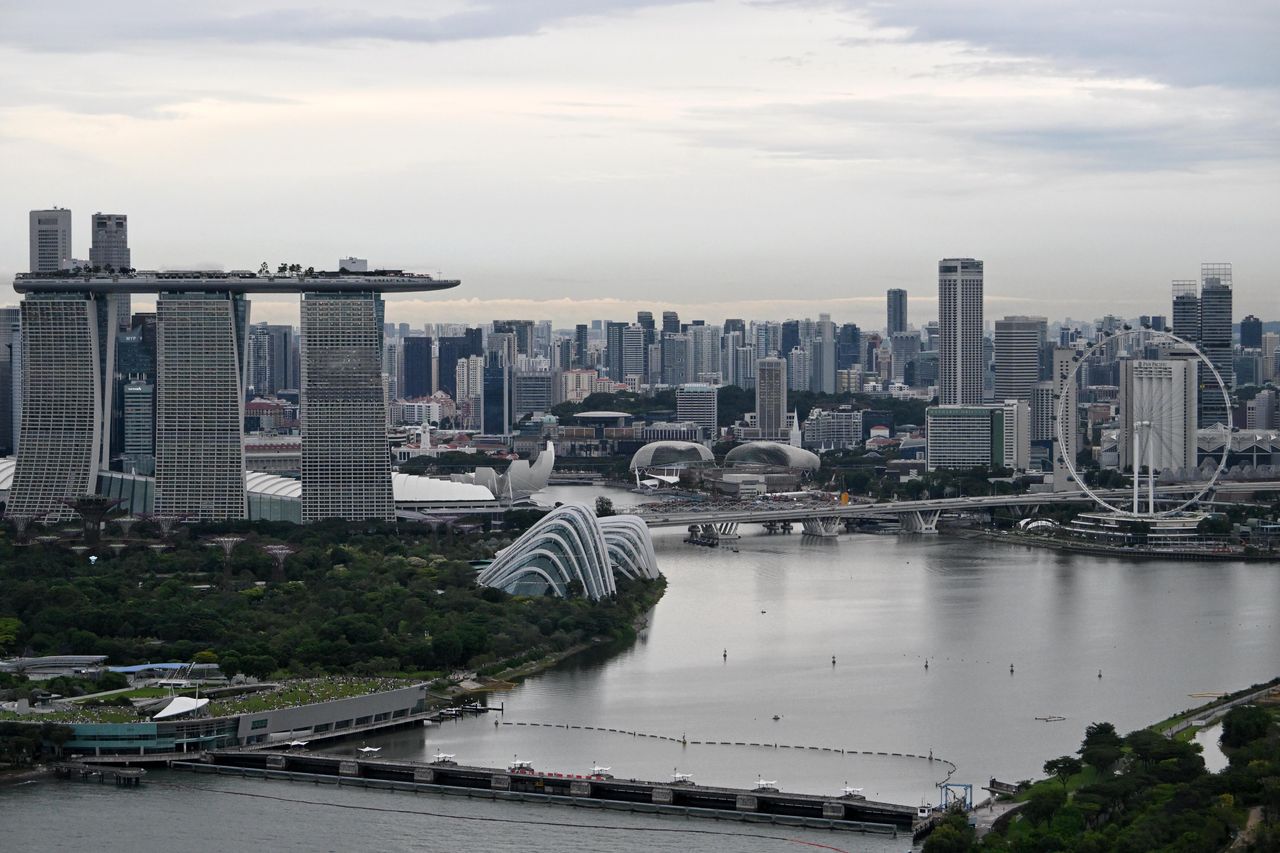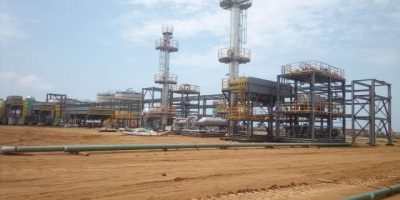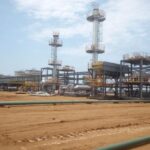SINGAPORE’S official growth forecast for 2025 is between 1 and 3 per cent, while the full-year growth forecast for 2024 has been upgraded to “around 3.5 per cent”, said the Ministry of Trade and Industry (MTI) on Friday (Nov 22).
The latest forecasts come as Q3 year-on-year growth was revised upwards to 5.4 per cent, from the earlier advance estimate of 4.1 per cent. This was an acceleration from Q2’s 3 per cent growth.
On a seasonally adjusted, quarterly basis, Singapore’s economy grew 3.2 per cent in Q3, revised up from the advance estimate of 2.1 per cent and improving from the previous quarter’s 0.5 per cent rate.
With the updated Q3 figure, gross domestic product growth for the first nine months of the year was a “better-than-expected” 3.8 per cent.
MTI said that it took this into account, as well as the “latest global and domestic situations”, in upgrading its full-year 2024 forecast.
At a press briefing, MTI permanent secretary Beh Swan Gin said the ministry is not ruling out the possibility of 2024 growth eventually being “higher than 3.5 per cent”, driven by wholesale trade as well as finance and insurance.
A NEWSLETTER FOR YOU

Friday, 8.30 am
Asean Business
Business insights centering on South-east Asia’s fast-growing economies.
In October, the Monetary Authority of Singapore narrowed its 2024 full-year growth forecast to the “upper end of the 2 to 3 per cent” range, and said it expected the economy to similarly “expand at close to its potential rate” in 2025.
While MTI’s forecast range for 2025 is 1 to 3 per cent, this “is not wider than usual” for the start of a year, said Dr Beh.
The forecast takes into account global uncertainties, including around the policies of the incoming US administration, and continued tensions in the Middle East and Ukraine, he added.
“Given heightened uncertainties in the global economy, MTI will continue to monitor developments in the year ahead and adjust the forecast over the course of the year if necessary,” he said.
MTI also cited global uncertainties in its 2025 outlook, with “risks tilted to the downside”. These include trade tensions among major economies and disruptions to the global disinflation process.
Asked about the effect of possible tariff hikes by the US, Dr Beh said inflationary pressures will be renewed if such hikes happen. This could disrupt the pace of monetary policy easing, with financial conditions staying “tighter for longer” in the US, and trigger retaliatory policies from US trade partners, he noted.
MTI will monitor these two immediate outcomes, but speculation beyond that “will be a little bit difficult”, he said.
Better than expected
In Q3, major economies such as the US and eurozone, as well as some regional economies including Malaysia, exceeded expectations mainly due to stronger-than-expected consumption growth, noted MTI.
But growth for the US and eurozone is expected to moderate for the rest of 2024, with weakened consumption growth in the US and subdued industrial activity and investments in the eurozone.
China’s GDP growth continued to slow down as expected in Q3, though this is projected to pick up slightly with government support measures.
Singapore’s overall external demand outlook “is expected to remain resilient” for the rest of 2024, said MTI. Together with the recovery in global electronics demand, this should support growth in manufacturing and outward-oriented services such as wholesale trade.
But the outlook for tourism-related and consumer-facing sectors has weakened due to a “slower-than-expected recovery in international visitor arrivals and sluggish tourist spending”.
Still positive for 2025
In 2025, growth in Singapore’s key trading partners such as the US and eurozone is expected to ease slightly.
In Asia, China’s growth is projected to moderate with weaker exports, though the slowdown may be cushioned by a modest recovery in consumption. Key South-east Asian economies should chart steady growth, driven in part by the upswing in global demand for electronics.
Against this backdrop, the growth outlook for Singapore’s manufacturing and trade-related services “remains positive”, said MTI.
In particular, the electronics cluster is expected to continue expanding, supported by demand for semiconductors in end-markets such as computers and smartphones. This will have positive spillover effects on precision engineering and the wholesale trade sector’s machinery, equipment and supplies segment.
The transport engineering cluster should also grow, driven by firm order books in aerospace and marine and offshore engineering.
Similarly, “healthy growth” is expected in outward-oriented services, on the back of sustained enterprise demand for digital solutions and services and favourable financial conditions. Tourism-related sectors will gain from the continued recovery in arrivals.
But growth in consumer-facing sectors – such as retail and food and beverage (F&B) services – is likely to remain weighed down by increased local outbound travel.
Taking all this into account and “barring the materialisation of downside risks”, Singapore’s economy is thus expected to grow by 1 to 3 per cent in 2025, said MTI.
Q3’s sectoral performance
Third-quarter growth was primarily driven by manufacturing, wholesale trade and finance and insurance; the growth is partly fuelled by the upturn in the global electronics cycle.
Manufacturing grew 11 per cent year on year, reversing the 1.1 per cent contraction in Q2. This was driven by higher output across all clusters, with electronics being a primary driver, said Dr Beh.
This had a spillover effect on precision engineering, including industrial machinery and semiconductor equipment.
Wholesale trade also benefited from this broader growth in electronics, he noted. The sector grew 4.9 per cent – similar to Q2’s 4.8 per cent rate – and was supported by an expansion in the machinery, equipment and supplies segment.
Finance and insurance grew 5.4 per cent, extending the 6.4 per cent growth in the previous quarter. This was supported by higher net fee and commission incomes in the banks, fund management, foreign exchange and security-dealing activities segments.
In contrast, consumer-facing sectors such as retail and F&B continued to contract. This was due to sustained outbound travel by locals, as well as a slower-than-anticipated recovery in arrivals and weak tourist spending.
Retail trade declined 0.7 per cent, easing from the 2.2 per cent contraction in Q2. Similarly, F&B services shrank 0.7 per cent, easing from the 1.8 per cent contraction in the previous quarter. Declining sales by restaurants, fast-food outlets and cafes, food courts and other eating places more than offset an increase in sales from food caterers.
Construction grew 3.7 per cent, easing from 4.8 per cent in the previous quarter. Growth in public-sector construction output outweighed a decline from the private sector.















